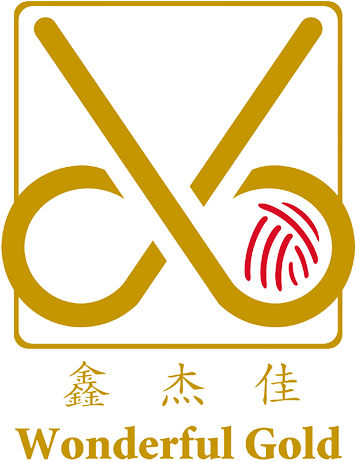How to Knit the Reverse Stockinette Pattern?
Knitwear designers have returned the reverse stockinette pattern onto runways, and fashionistas everywhere are embracing this seemingly simple knitting technique for its understated elegance. It is further proof that the most impactful design statements can be made with the most basic elements.
If you have not tried reverse stockinette til now, it’s about time to start; its simplicity makes it highly adaptable and offers endless possibilities. Whether you are working colourwork hats or jumpers on a pair of circular knitting needles or are experimenting with sock patterns on double pointed needles, make the reverse stockinette pattern the glamorous star of your next creation.
What is the Reverse Stockinette Stitch Pattern?
As the name reveals, this stitch pattern is what stockinette looks like on its wrong side. While the stockinette features a smooth V-shaped series of stitches on the right side, its reverse side shows a rather bumpy texture. So if you already master stockinette stitch, you could just knit flat panels on a pair of single pointed knitting needles, sew them together with the wrong side out, and be done with it.
However, the reverse stockinette is not to be confused with the garter stitch pattern! They are two distinct knitting techniques, While Reverse Stockinette presents the purl side as the right side for a textured exterior, Garter stitch means that every row is crafted in knit stitch on your single-pointed knitting needles (or knit flat on circular needles), resulting in a reversible fabric with protruding horizontal ridges on both sides.
RISE FROM UNDERDOG TO PROTAGONIST
So far, reverse stockinette has been used to support and highlight patterns in stockinette stitch, e.g., cable patterns, or to provide decorative contrast in textured patterns. More recently, though, the rich tactile quality of this pattern has been discovered by many knitwear designers, and they have used it to create whole garments, like sweaters, cardigans, or hats and berets, entirely in reverse stockinette.
USE IT FOR YOUR COLOURWORK PROJECTS
Reverse stockinette stitch provides a wonderfully textured backdrop for all kinds of colourwork, particularly landscape patterns, stripes, and Intarsia knits. The textured surface of a reverse stockinette can help to blend colors together more subtly than the flat surface of a regular stockinette. This can be particularly appealing in multicolored projects on circular knitting needles, where the purl stitch texture helps to soften the transitions between colors, giving the finished piece a cohesive look.
How to knit Reverse Stockinette

Knitting the reverse stockinette stitch pattern is quite straightforward. It will leave you with the purl texture of your stitches cohesively displayed on the right side of your work, while the V-shaped knit stitches lay flat on the wrong side. If you are new to purl stitches, navigate to our beginner-friendly tutorial.
WORKING FLAT:
- Row 1 (Wrong Side): Knit all stitches.
- Row 2 (Right Side): Purl all stitches.
- Repeat these two rows for the length of your fabric.
Some knitters may find purling challenging or notice a difference in tension between their knit and purl rows.
PRO TIPS:
➼ To avoid your reverse stockinette pattern knitted in rows on circular or single pointed knitting needles look wonky, you can benefit from swapping needle sizes in knit and purl rows. Use a larger needle for the knit rows and a smaller needle for the purl rows, or vice versa, depending on your tension issue.
➼ Try a different needle material. Slippery knitting needles (like metal) might cause tighter knitters to loosen up, while wood or bamboo needles can help if your tension is too loose. Similarly, a smoother yarn might glide more easily and help even out tension.
➼ Relax your hands. Cubical-shaped knitting needles may help to relax your grip and find consistent yarn tension.
Working Reverse Stockinette on Circular Knitting Needles
When working this stitch pattern in the round, you don't alternate between knitted and purled rows since you are always working and looking at the right side of your project. To achieve the bumpy texture on the outside, you just purl all stitches throughout each round.
You can also achieve the effect of reverse stockinette stitch on circular or double pointed needles by primarily knitting all stitches and then simply turning the work inside out. This approach is particularly useful for knitters who are more comfortable with the knit stitch than the purl stitch. This method is particularly handy for projects like hats, cowls, or tubes where the inside can easily become the outside.
PRO TIP
Pay attention to the edges, as reverse stockinette can curl similarly to stockinette. Consider edging your project with a border in a non-curling stitch pattern like a garter or seed stitch to stabilize the fabric.
The reverse stockinette stitch is an easy and effective way to add texture to your knitting projects. Whether you're working flat or in the round, it offers a simple yet versatile option for creating a beautiful and visually appealing fabric. At KnitPro, knitters from all walks of life can find the broadest range of thoughtfully designed metal, bamboo, or wooden knitting needles.










